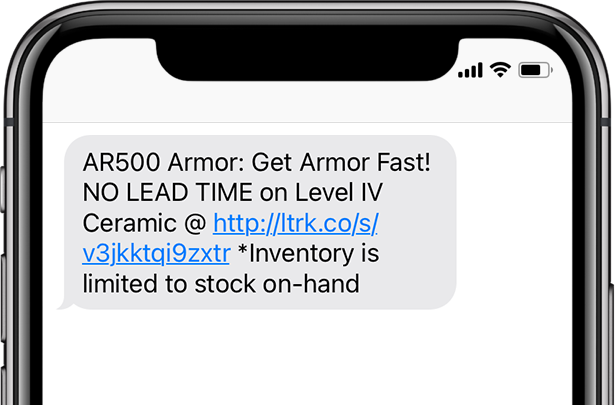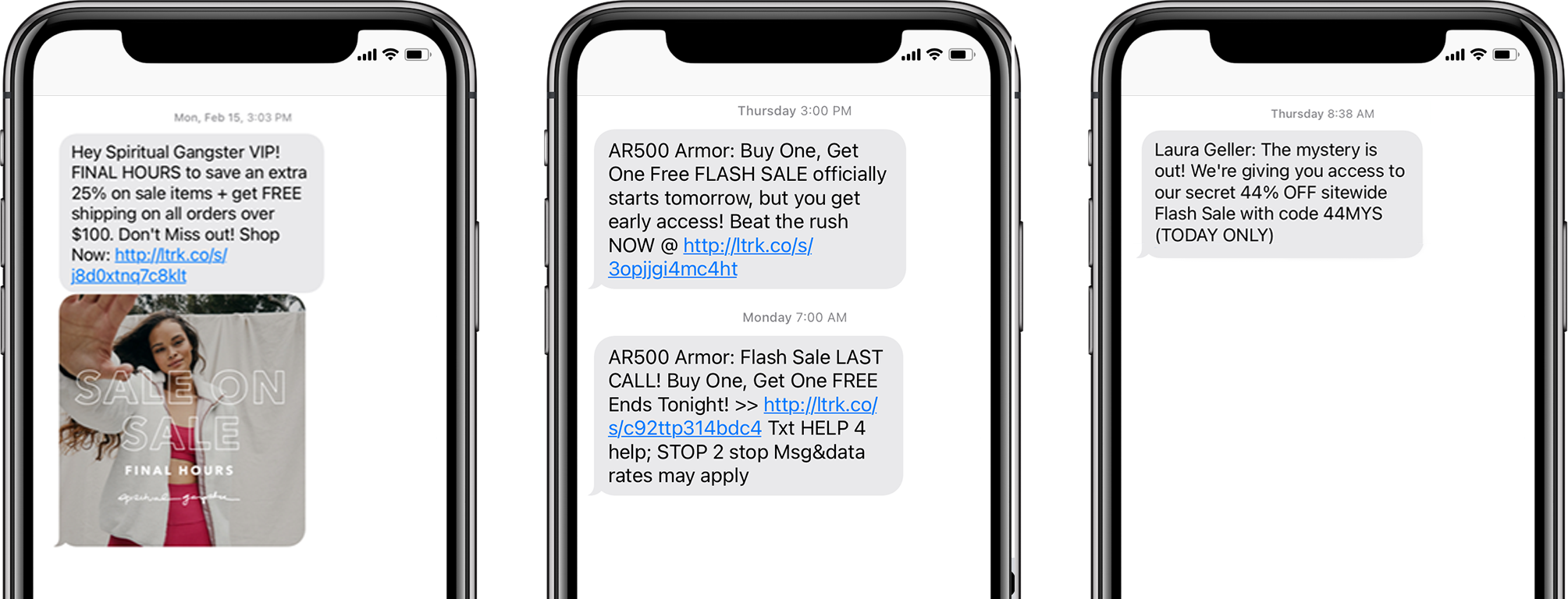Getting Started with SMS Segmentation
Mobile Center of Excellence
.jpg)
“When is the best time to start segmenting my SMS sends?”
“How do I get started segmenting my SMS list?”
“What should I be segmenting my SMS list by?”
These are just a few of the segmentation-related questions we get asked daily.
Segmentation is an important strategy in any digital channel and can be extremely powerful within SMS to maximize volume and engagement. While it’s important to maintain frequency to your SMS list, for both compliance and re-engagement, segmentation is an excellent way to increase frequency and target using the most important attributes of your customer.
There are always segmentation opportunities based on standard customer “profile” fields or those data points that you’re collecting within your customer database. You can target by contacts who are subscribed across both SMS and email, those who have a birthday coming up, or are located in a specific region.
.png)
In addition, you can also collect and segment by data related to preferences and what customers are shopping for. This could take a little more manipulation, and you won't necessarily have values for everyone, but it can be beneficial if you want to customize specific content and offers for certain audiences.

When it comes to segmentation, it would be best to start by using values you WILL have for everyone - Engagement! The general rule is to send the most to highly engaged contacts and pull back on sending to the contacts who are not as engaged.
The recommended KPIs for determining engagement within SMS are Click and Purchase recency. You should choose a sensible relevancy window for your business and be consistent throughout your strategy instead of trying to create segments on a one-off basis using a hard look back date.
The most common thresholds will be the last 30, 60, or 90 days, and you should send the most to those who have clicked or purchased within your recency window. You can get even deeper from there by targeting those who have clicked recently, but not purchased – That group might need more information or help with placing an order. An introduction to your best-selling products, or even a reminder of the subscription coupon you gave them at time of opt-in could be incredibly helpful in such cases.
If you take a look at your list through this lens, you'll even be able to see the contacts who have never clicked or purchased. They should likely receive fewer broadcasts, but also be sent through specific re-engagement messaging.
It's important to remember that no matter which recency threshold you use, you should stick to it across all of your engagement-based audiences to ensure they’re mutually exclusive. As contacts interact with your messaging, and hopefully purchase, they’ll automatically move between audiences since they’ll be based on windows of time vs. hard dates.

So as you plan your SMS messaging calendar, look outside the standard frequency of your full list to start speaking to targeted audiences directly. This will allow you to deliver personalized content and stay relevant with your customers as they naturally move through their personal engagement and buying cycles.








.png)

